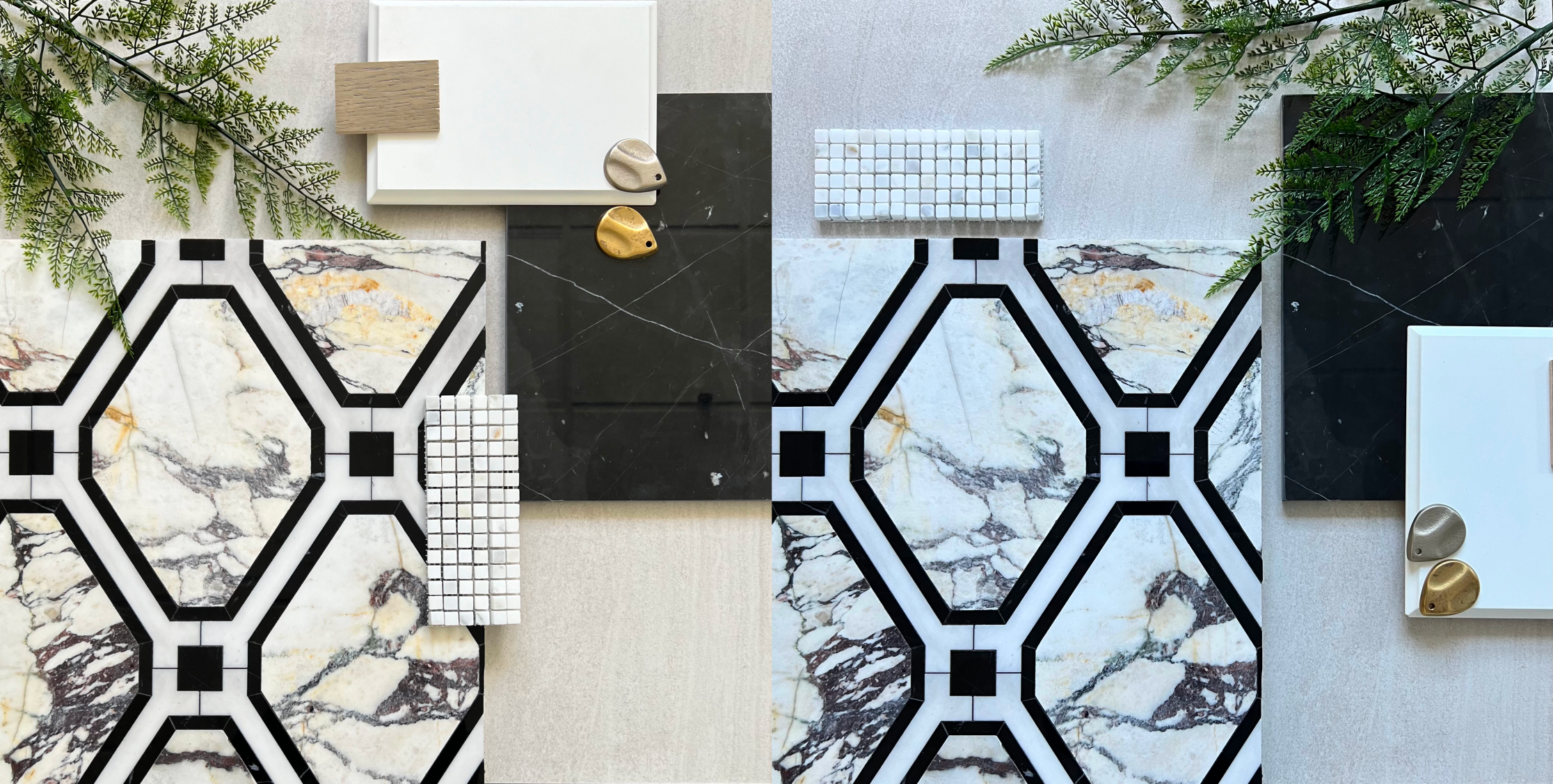
Understanding How Light Impacts Color Perception
As a general rule in a brightly lit room, colors appear more vibrant and saturated, whereas with less light, colors become dull and lose their intensity. However, this rule can vary depending on the type of light, the time of day or year, the placement of the light sources as well as individual bias.

Natural Light & Time
Natural light comes from the sun and varies in appearance based on direction and time of day. If you live in an area with seasons, natural light can also look different depending on the season.
North Facing = North-facing windows provide soft light, making dark colors look darker and light colors appear dimmer.
South Facing = South-facing light is intense, causing dark colors to appear brighter and light colors to look washed out.
East Facing = Natural light from the east is brightest before noon and cooler in the evening. This means color will be brighter before noon and may appear duller in the evening.
West Facing = West-facing light creates a warm glow in the evening and casts shadows in the morning - creating the opposite effect of east facing light.
Seasonal Light Changes
In the darker months (Winter/Fall) we see yellow differently compared to the lighter months (Summer/Spring). This is called visual adaptation and most common with yellow but can affect our perception of a range of other colors. Keep the season in mind when picking out tiles as you may see them slightly differently next season.
Artificial Light & Placement
Of course, natural light isn’t the only type of light you will have in your home! Artificial light can also change the way your flooring and walls look.
Fluorescent -These lights are often used in workspaces or kitchens and can give off a cooler tone to your tiles and flooring.
Edison -Edison or incandescent bulbs can add warmth to your space and bring out yellow hues.
LED Lights -Soft white or LED can make bright colors seem more intense and cooler colors seem a bit dull.
Color is in the eye of the beholder
It's important to note that color is essentially light waves that our brains process to perceive as color. Interestingly, bio-social factors can also affect how we view color. Two people can look at the same tile in the same light at the same time and still see different colors. How does this happen?
Scientists often cite the link between cognitive states and color perception. One study found that people with depression perceive the world as grayer than their peers. On a broader scale, research shows that color perception varies greatly among individuals and cultures.
Conclusion
When picking out tile, it’s important to note that color is not static and variety of factors can affect the color of your choice. Remember, color perception is subjective and can vary between individuals. Take your time and choose what feels right for you!
References:
https://www.livescience.com/
https://knowablemagazine.org/
